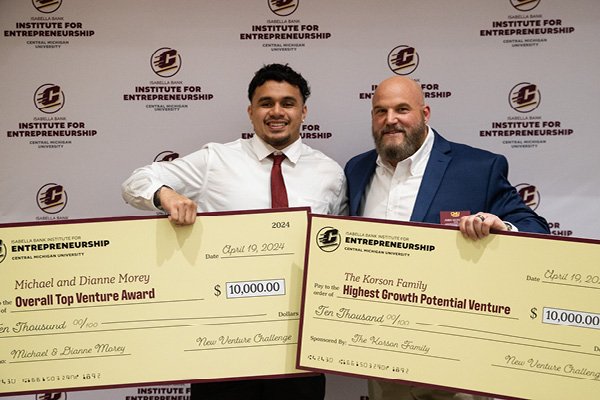
Start up
Passion. Potential. Pitches. Don't miss any of the 2025 New Venture Challenge excitement.
Tune in Friday, April 11 at 1 p.m. for great ideas and fierce competition. Then, join the judges, mentors, spectators and teams as they see who is going home with thousands of dollars in venture financing. The awards broadcast begins at 6:30 p.m. and one team will walk away as the overall best venture.
Central Michigan University’s College of Business Administration is the home of the Isabella Bank Institute for Entrepreneurship and the first Department of Entrepreneurship in the state of Michigan. We are a student-centric hub where experiential, curricular, and external entrepreneurial opportunities intersect.
Our mission is to maximize student success by fostering a campus-wide entrepreneurial mindset that promotes inter-disciplinary collaboration and the creation of new ventures.
We aim to create innovative programming, boost cross-campus and ecosystem collaboration and provide a comprehensive mentoring program.
Our institute provides extracurricular opportunities and is open to all undergraduate and graduate CMU students.
Are you interested in becoming an entrepreneur?
Every journey is unique. Explore the opportunities that interest you.
Rick Ferkel placed his hands on top of a table in his office. Think of how the four legs work together to keep the table up, he said.
We need to do the same when it comes to exercise, he said. And it starts with children.
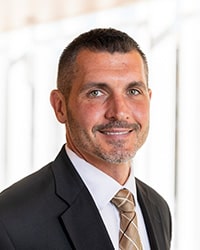
Ferkel, a member of Central Michigan University’s Department of Physical Education and Sport, is participating in a multi-institution collaborative effort to determine what mix of those four table legs is the most effective in developing exercise habits that will ultimately keep older adults more active - and healthy.
The goal, he emphasized, is to eventually retool how physical education is taught, acknowledging that there is room for improvement.
“If physical education was done well, I’d put it alongside reading,” Ferkel said.
Creating the right way to teach physical education means finding the right blend of better movement, physical fitness, fitness knowledge and motivation – the four legs of the table – that offers the best odds of active lifestyles later in life. It also means finding a way to motivate people to develop the skills to attain them.
Understanding the individual legs is easy. You need some level of fitness to exercise. You also need to know how to do it effectively. Of course, you need to want to exercise. Quality of movement is your body’s ability to proficiently move within different contexts of physical activity and exercise.
Right now, it’s well established that all four individually contribute to improved lives. Some studies link a couple of them, such as the correlation between movement proficiency and reduced injuries, which permits more frequent and longer exercise sessions.
The research Ferkel is contributing to aims to look at all four of them together and consider a person as a whole rather than as individual exercise components.
The first step takes place in the spring semester, not with school-aged children or older people. It starts with people in the traditional college-aged cohort, 18-25.
CMU students can participate by filling out surveys and taking motor/fitness tests to help generate a basic body of data, he said. Similar collections will take place at other collaborating institutions.
Once the data is collected, part of the team will analyze the results. They’ll return with the analysis. The team will review the analysis and start to develop recommendations.
Next spring, they plan to test and analyze the next age group. It’ll take a few years, but building the right recommendations is important.
“You have to be really intentional,” he said.
When they’re finished, they hope to have a complete picture of how people should start exercising at a young age and how to develop the motivation to keep it up through their lives.
Developing a lifelong motivation to exercise is critical, Ferkel said. Young people have plenty of free time to work out. They’re also statistically healthier.
As people get older, they not only lose the fitness of youth, but they also have less time to exercise. It’s important that people develop exercise habits when they are young so they are more likely to make it a priority as they age.
One place Ferkel said they are likely to recommend changes is an emphasis on team sports. Those are important in their own way, but people are less likely to participate in them as they get older. That means teaching lifetime fitness skills for the broader population.
“Fitness, health is for everybody,” he said.
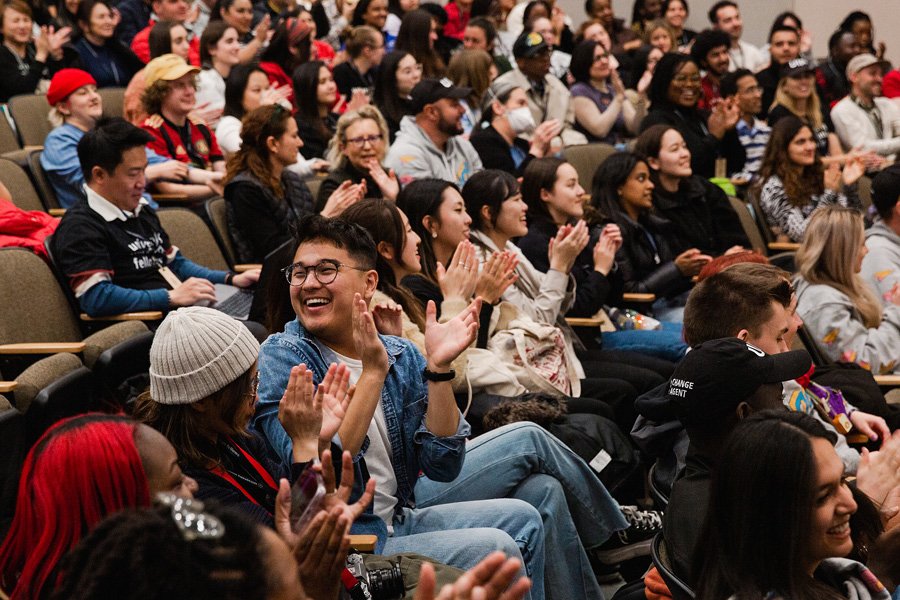
Explore special opportunities to learn new skills and travel the world.
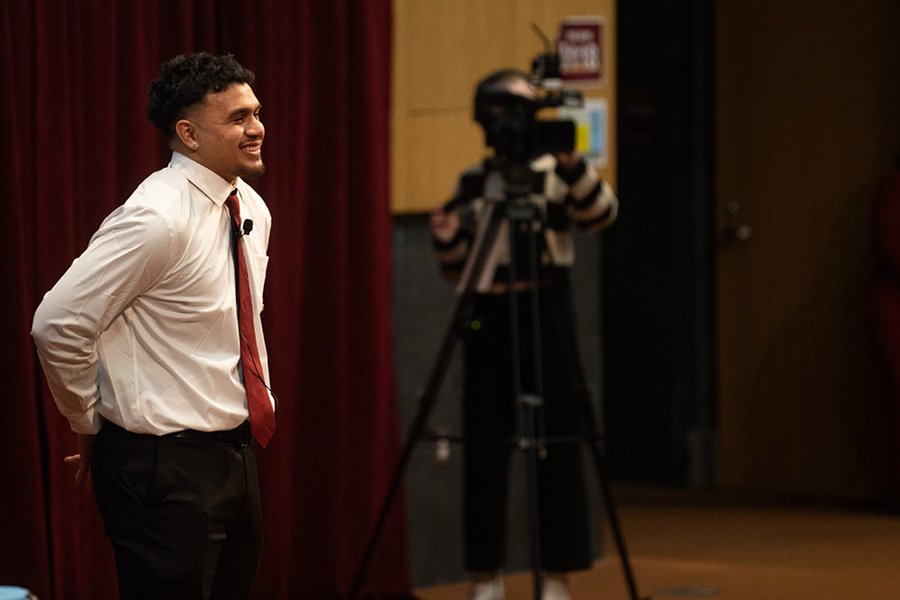
Present your venture and win BIG at the New Venture Challenge.
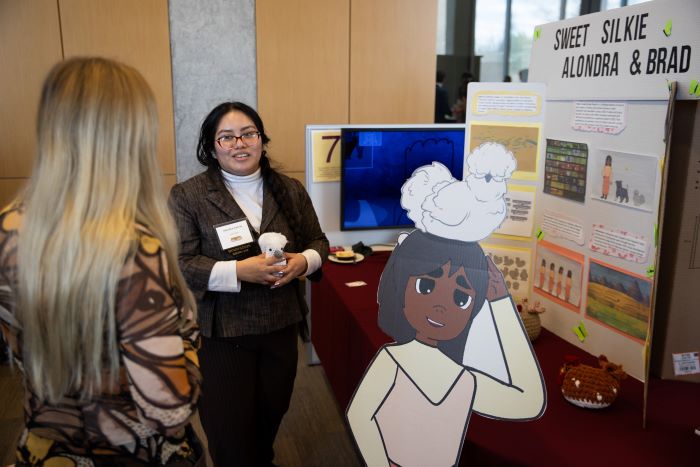
Boost your entrepreneurial skills through our workshops, mentor meetups and pitch competitions.
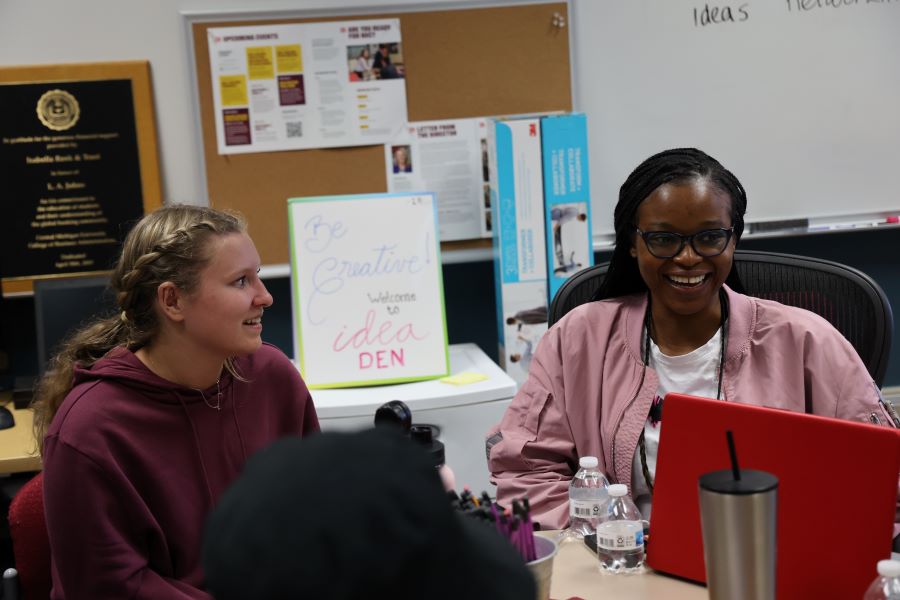
Learn about the entrepreneurship makerspace on campus in Grawn Hall.
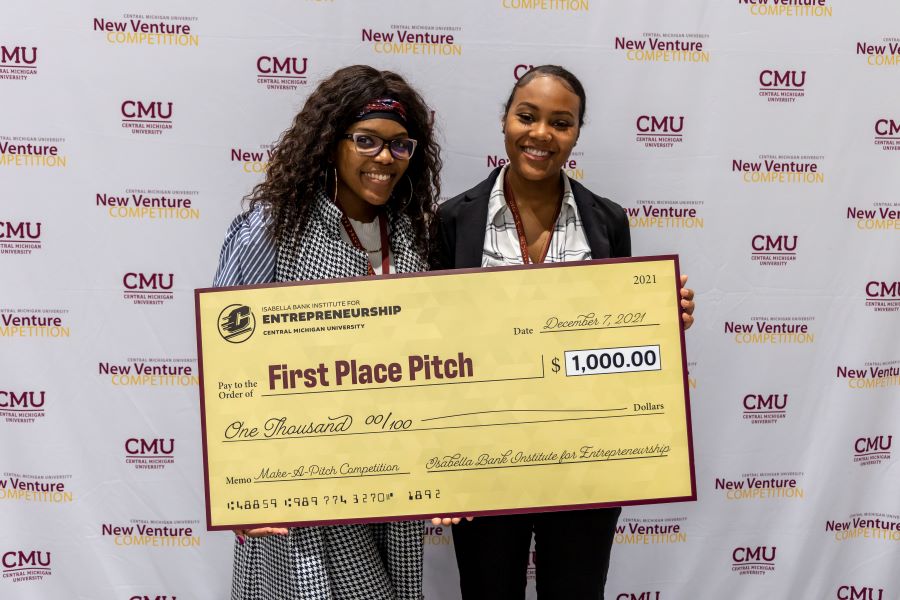
Present a 2-minute pitch at the Make-A-Pitch Competition and you could win prizes and bragging rights!
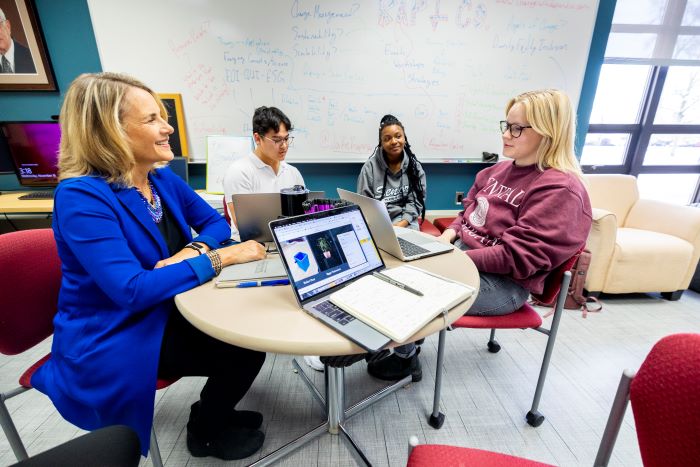
Connect with mentors and faculty who are here to support the next generation of CMU entrepreneurs.
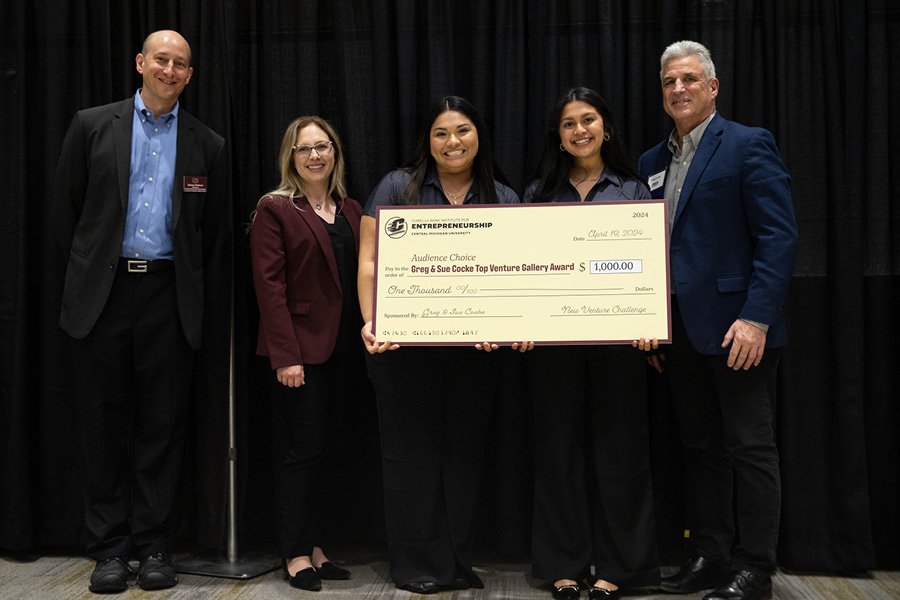
Are you a CMU alum looking to support CMU student entrepreneurs? Learn how you can support or donate to the Entrepreneurship Institute.